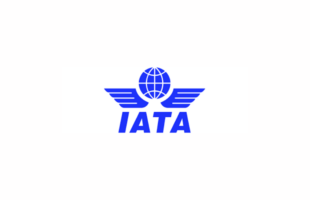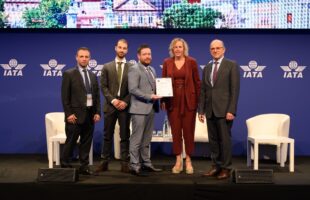
SriLankan Airlines said it is focusing on sharply reducing its fuel usage to counter the challenge posed by high global oil prices. A series of fuel-saving measures has already been implemented, while more will be put in place within weeks, it said.
SriLankan is projecting a fuel bill of US$500 million for the current year at present prices, which accounts for approximately 50 per cent of its overall costs.
“Fuel is our biggest cost factor by far. While we are significantly reducing costs throughout the airline, we know that even a small saving in the amount of fuel consumed on every flight will result in savings in hundreds of millions of rupees,” said S A Chandrasekera, the airline’s CFO.
SriLankan recently invited a team of experts in fuel efficiency from the International Air Transport Association (IATA), which conducted an in-depth study and recommended detailed measures. The airline has appointed a special committee to implement the proposals and enhance them wherever possible.
“We are not satisfied with simply following IATA’S recommendations. We have already added a large number of our own initiatives, and are tailoring the IATA suggestions to suit the requirements of our airline,” said Captain Anushad Liyanagoda, who was recently appointed to the newly created post of Manager Aviation Fuel.
The airline has already come up with several strategies to reduce fuel consumption, and is quantifying the amount of savings from every one of them. One of these is “RNAV Approaches”, where aircraft make continuous descent approaches into Bandaranaike International Airport (BIA). Discussions have been held with the Civil Aviation Authority and air traffic controllers to implement this programme, which would save 100-200 kilograms of fuel on every landing.

Another measure already implemented is to use diesel-powered Ground Power Units to supply power to internal systems and air-conditioning on all aircraft while they are parked at BIA, instead of using Auxiliary Power Units of the aircraft themselves, which use aviation fuel. Th is move is saving 130 – 200 kg of aviation fuel per hour.
Other initiatives include “Flap 3” landings; single engine taxi between terminals and runways; minimised use of reverse thrust during landings; flying shorter routes whenever possible; and re-evaluation of the airline’s choice of alternate airports. There is also a new Re-despatch Procedure, which is saving approximately 1,200 kg of fuel on every flight from Europe to Colombo; and all flights are being closely monitored to obtain maximum usage of tail winds.
The airline is also recalculating the most efficient cruising speed for each flight; and new climb and cruise methods are being considered to optimise fuel burn. The cost of fuel at each destinationis also a key factor, with a new study aircraft uplift more fuel from cheaperpoints than is required, to save onpurchases at airports where the cost ishigher.
Weight carried on each flight is also a key focus area. Over-fuelling of aircraft has been stopped, which saves on hundreds of kilograms.
The performance of every aircraft in the fleet is being closely evaluated, to bring each up to optimum efficiency. The airline is also focusing on having ‘clean’ aircraft to reduce drag while in flight, with minimum dust and rough surfaces.






